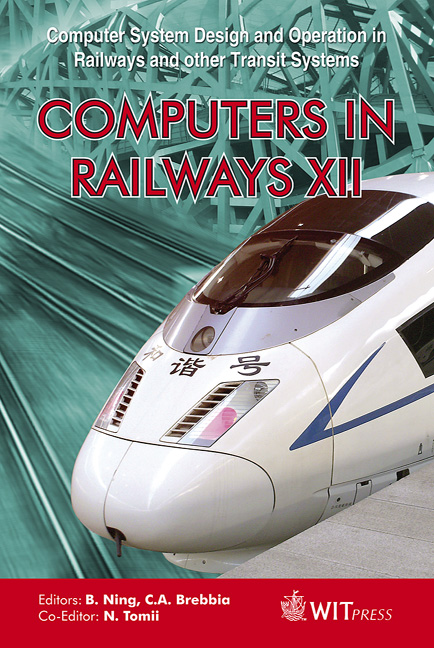Development, Testing And Implementation Of The Pantograph Damage Assessment System (PANDAS)
Price
Free (open access)
Transaction
Volume
114
Pages
6
Page Range
573 - 578
Published
2010
Size
1,560 kb
Paper DOI
10.2495/CR100531
Copyright
WIT Press
Author(s)
A. Daadbin & J. Rosinski
Abstract
Pantograph failures due to complex interactions between the overhead line (OHL) and pantograph structure cause significant problems to the railway industry worldwide. Despite many efforts undertaken worldwide, no successfully implemented pantograph monitoring system has, up until now, been introduced for long-term operation on routinely operating trains. This paper describes the development, design and test results from the first fully proven Pantograph Monitoring System, which is now deployed on routinely operating trains in the UK. The system uses two subcomponents: the Digital Processing Module (DPM), which is directly clamped on the live 25kV pantograph structure, and the Receiving Signal and Relay Unit (RSRU) which is installed in a secure location inside the carriage. A pantograph mounted unit is interfaced with the accelerometers that are attached in vicinity of the carbon strip. The DPM uses Bluetooth communication to report any unexpected events to the RSRU. The DPM has an on-board GPS module and acquires and stores time domain data corresponding to the 100 highest events captured during daily train operation. The data is downloaded to the RSRU on a daily basis. Any high alarm events are instantaneously transferred to the train to warn the operator and the control centre about potentially a harmful event that requires immediate attention. The ‘hot spots’ caused by the overhead line are mapped and trended to allow successful implementation of predictive maintenance of the OHL. The system uses the GPRS mobile network to allow instantaneous access and remote interrogation from any location worldwide.
Keywords
pantograph failure, monitoring system, condition monitoring, Bluetooth communication





